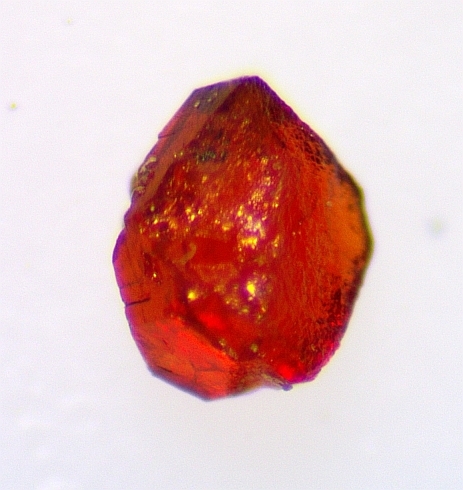
Vesuvianite from Pajsberg, Sweden
Sharon Fitzgerald
University Museums, University of Delaware
Glenn P. A. Yap
Department of Chemistry, University of Delaware
Timothy Rose
Department of Mineral Sciences, Smithsonian
Institution
Vesuvianite from
Pajsberg, Sweden contains about one atom of Mn, based on 50 cations/formula,
and small amounts of Be, B, and As. Infrared absorption analysis suggests that
Mn is predominately or entirely trivalent.
Crystal structure analysis indicates that Mn is housed at the general octahedral siteY2, which exhibits
only minor distortion from ideal octahedral symmetry. As is housed at Y2 and
Z2, and the formula derived from microprobe and ICP-LA-MS analyses suggests
minor substitution of Al for Si, also at Z2.
Be and B are at T1, between the edge-sharing trimers Y3Y2Y3, as B is in
the boron dominant vesuvianite species wiluite.
The total content at T1 is interpreted as 0.82Be, 0.34B, and 0.041Fe3+.
